jupiter
Latest
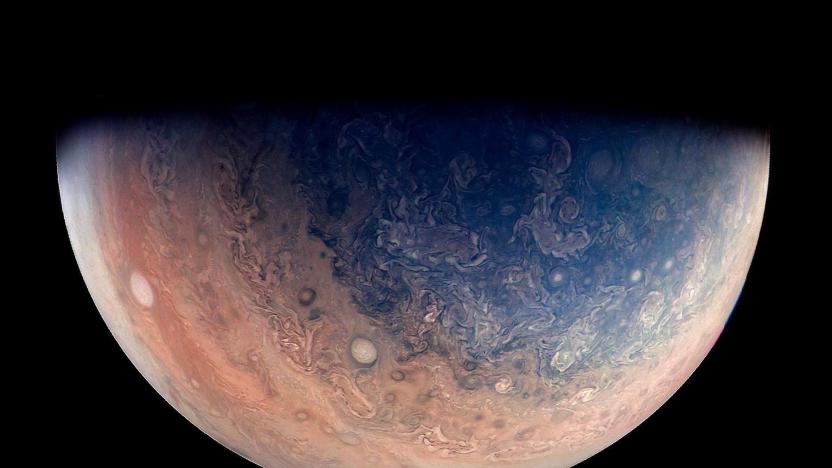
Researchers discover a dozen new moons of Jupiter
Today, researchers from the Carnegie Institution for Science announced that they have discovered twelve more moons of our solar system's resident monster planet, Jupiter. This brings the official total of identified Jovian moons to 79. That's the highest number of moons for any planet in the solar system, which is fitting for such a weird and giant planet.

NASA extends the Juno spacecraft mission for three more years
Good news, space fans: NASA has given the Juno spacecraft the time (and money) it needs to be able to accomplish its missions. The probe, which left our planet in 2011 and reached Jupiter in 2016, was supposed to wrap things up in February this year. Now, NASA has agreed to fund the project until fiscal year 2022 and to extend its science operations for 41 more months. That means Juno will be orbiting the gas giant until July 2021 and will spend the months after that analyzing data.
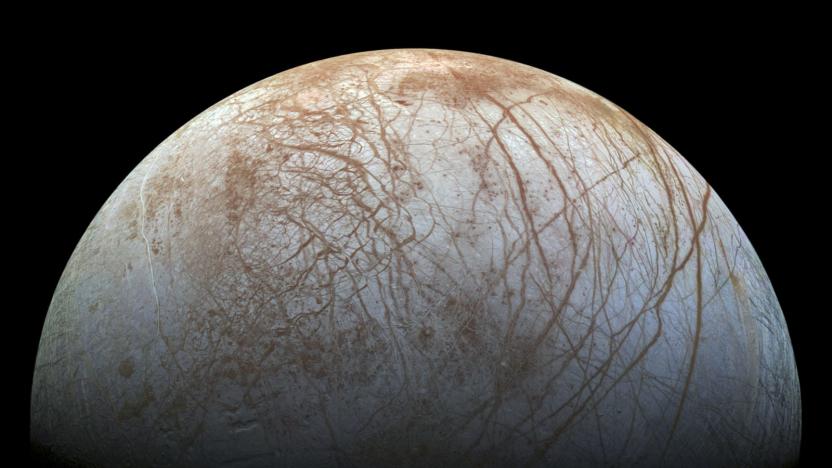
Decades-old data helps confirm Europa is geysering water into space
Over the past few years, the Hubble Space Telescope has observed what looked to be plumes of water vapor shooting from the surface of one of Jupiter's moons, Europa. Now, scientists have looked over decades-old data from Galileo and discovered that the spacecraft actually got close to one of these plumes during a flyby. This is the first up-close measurement we have of these eruptions, and the best evidence yet that Jupiter's fourth-largest moon is indeed shooting water into space. The findings are detailed in an article in Nature Astronomy, which was released today.
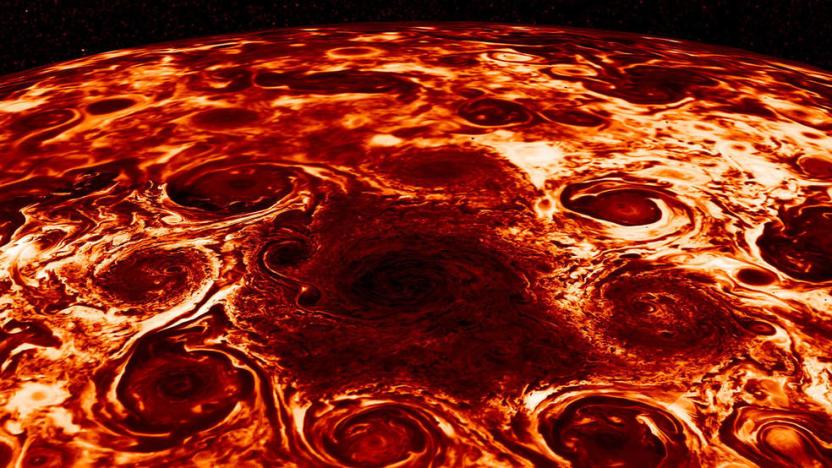
Jupiter's north pole comes to life in this 3D infrared video
If nothing else, the spacecraft Juno, which is currently in an elongated orbit of Jupiter, has taught us that the largest planet in our solar system is weird. From spectacular photographs to readings that make us question what this giant even is, Juno has done a spectacular job uncovering the gas giant's mysteries. Now, NASA has released a 3D infrared movie of Jupiter's north polar region, depicting the intense storms in the area, as well as the dynamo that powers the planet's massive magnetic field.
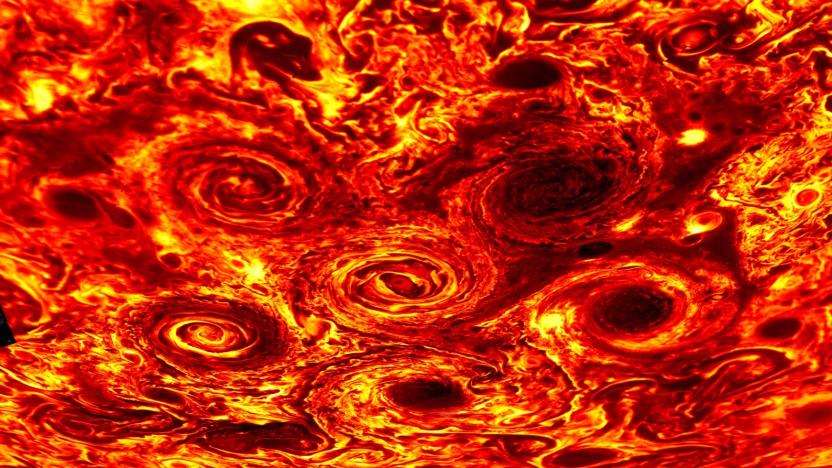
Juno gives us a look at what’s happening beneath Jupiter’s surface
The Juno spacecraft has been orbiting Jupiter since 2016 and it has already provided us with a wealth of information about the gas giant. Today, four Nature papers describe new observations about Jupiter that give us a look at the planet's poles and a much better understanding of what lies underneath its surface.
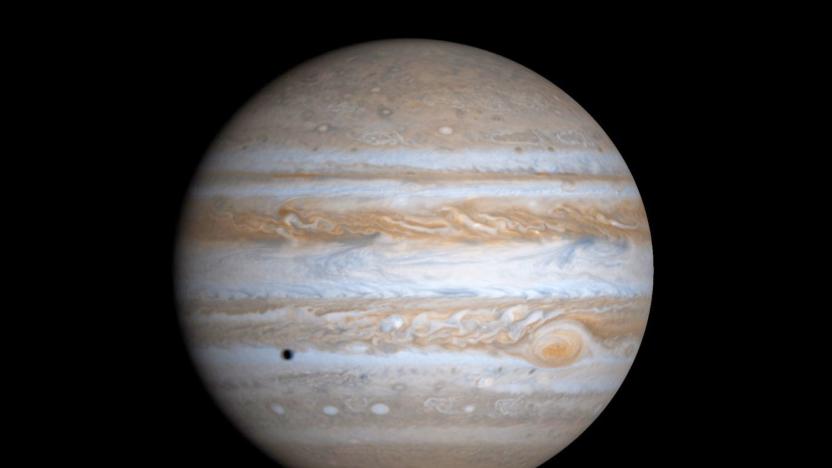
When is a planet too big to be called a planet?
There have been quite a few discussions on what makes a planet (and what doesn't) in the past, the most famous of which resulted in the infamous demotion of Pluto from planet status. But now, there's some rumblings on the upper end of things. This week, Kevin Schlaufman published an article in The Astrophysical Journal proposing the maximum size something can be and still be considered a planet: between four and ten times the mass of Jupiter. Jupiter is, in turn, approximately 317 times as massive as Earth.

First observed interstellar object is a speedy, cigar-shaped asteroid
Last month, astronomers running the Pan-STARRS 1 telescope in Hawaii spotted an intriguing object moving through our solar system and it became clear pretty quickly that the object, whether it was a comet or an asteroid, had come from outside of our solar system. Now, in a paper published this week in the journal Nature, researchers have described the interstellar visitor, dubbed 'Oumuamua, including its peculiarities as well as its similarities to objects originating in our own solar system.
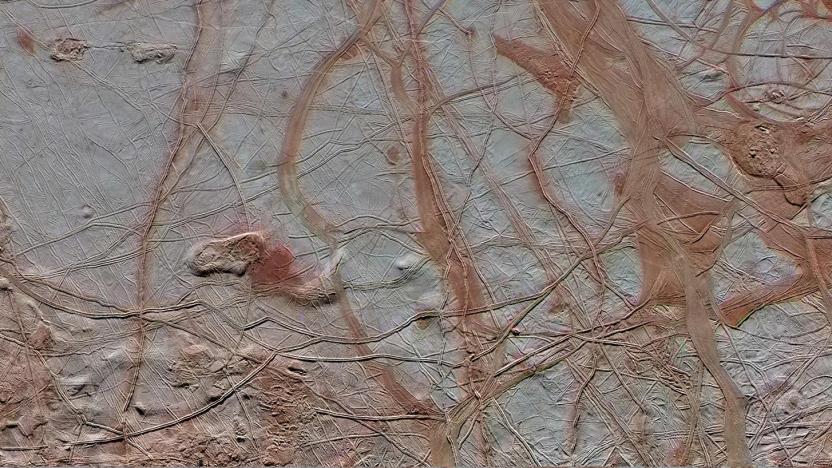
Touring the solar system with a new book of NASA photos
It's easy to get jaded by images of our solar system, especially when NASA probes like Cassini make it look so routine. A new book called The Planets, written and curated by Nirmala Nataraj with a forward by Bill Nye and featuring hundreds of stunning NASA images, should cure you of your cynicism. As Nye puts it, we haven't exactly been doing this for a long time. "You are looking at images with a clarity and sharpness that our ancestors probably couldn't even imagine, let alone capture," he said.
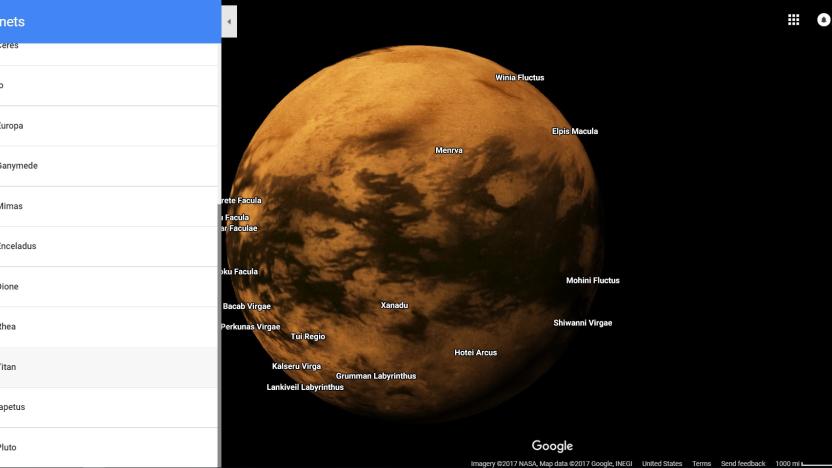
Explore (most of) the solar system in Google Maps
Google first added the moon and Mars to Google Maps back in 2014 to commemorate the Curiosity rover's second year exploring the red planet. Sure, you couldn't zoom down to Street View level, but it's the closest many of us will get to the celestial bodies. If that wasn't enough extraterrestrial fun, Google has answered your prayers: Mercury, Venus, Pluto and ten moons from other planets have been included in the roster.
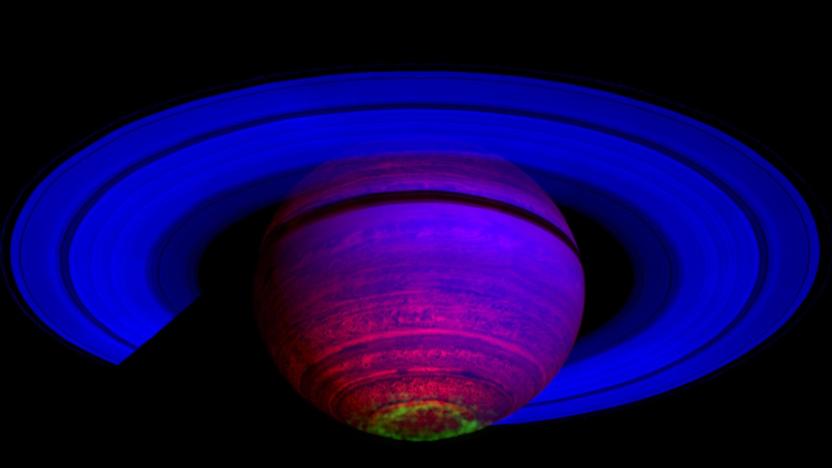
What's next for NASA as Cassini's mission comes to a close
After nearly two decades in space and 11 years studying Saturn (and its myriad moons), the Cassini spacecraft ended its mission at roughly 6:30 am Eastern on Friday when it slammed into the gas giant's suffocating atmosphere. It was an auspicious end for the $3.4 billion spacecraft, argues Curt Niebur, the program scientist for Cassini at NASA headquarters. "I find it exhilarating, myself," he said. "Instead of just crashing it into something and saying we're done, we're actually going after science questions that we never intended Cassini to answer. And we'll be able to address those. It's fantastic."

NASA releases close-up photos of Jupiter's Great Red Spot
Anybody who's taken a look at images of Jupiter has seen its Great Red Spot, the planet's massive storm that's been raging for the past 350 years. This is the first time we're seeing it this close, though, and it's all thanks to NASA's Juno spacecraft. The probe flew 5,600 miles above the spot on Monday, the closest it's even been to the planet's iconic feature, while all eight of its instruments collected data. Now, NASA has released the first batch of close-up images taken by JunoCam, showing the ancient storm in greater detail than we've ever seen before.
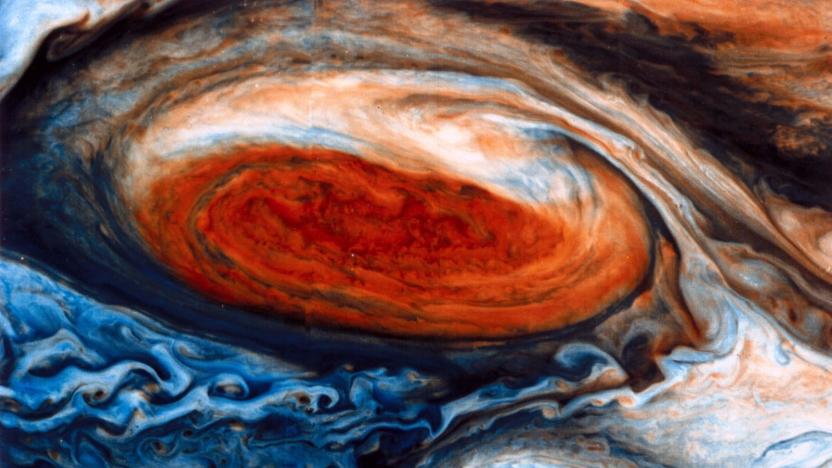
NASA seeks Jupiter's secrets with historic spacecraft flyover
Every planet in our solar system is famous for something. Saturn has its rings, Mars has its soil, Uranus has that unfortunate name, and Jupiter has the Great Red Spot: a titanic storm that has been spinning for more than 350 years. Though we've peered at the distant gas giant's iconic feature since the 1830s, we still know little about its inner workings. That could change on Monday night, when the Juno spacecraft flies directly over the Great Red Spot for the first time in human history.
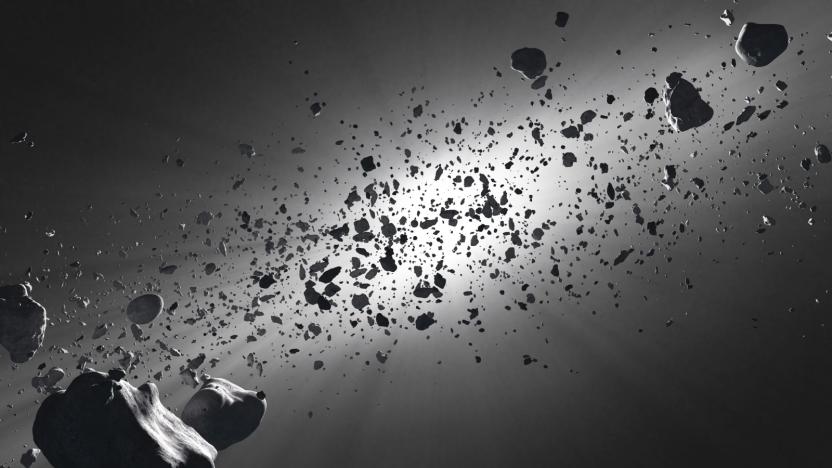
'Asteroid Day' is a good time to learn about the threat of space rocks
On June 30th, 1908, more than 770 square miles of remote Russian forest were obliterated from the face of the Earth when a relatively small meteor, estimated at only around 400 feet across, unleashed 15 megatons of energy above the Stony Tunguska River. One hundred and nine years later, humanity knows precious little more about the dangers that lurk within our solar system than we did in 1908. But a recently founded "global day of education" aims to bring the existential threat that space rocks pose to the forefront of our collective consciousness.

Jupiter is the oldest planet in the Solar System
Jupiter's ancient name really is well-deserved: according to a new study, the king of the planets isn't just the largest in the Solar System, it's also the oldest. A team of researchers from Lawrence Livermore National Laboratory in California and the University of Munster in Germany have determined that Jupiter's core was already 20 times the size of Earth merely 1 million years after the sun took shape 4.6 billion years ago. Since newborn stars tend to release energy that blows away gas and dust for planet formation, the gas giant must have had to absorb materials very, very fast.
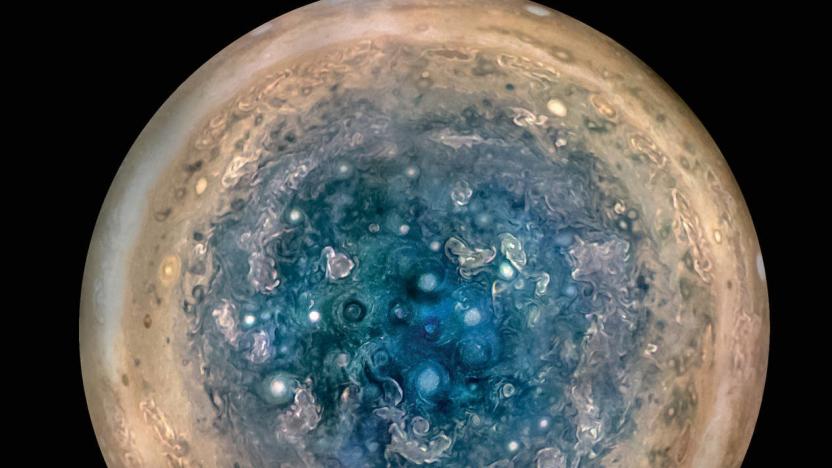
NASA’s Juno mission discovers Jupiter is really weird
NASA's Juno mission to Jupiter has sent back a ton of data about our solar system's largest planet. The results from the orbiter's first big data-collection pass, which took place last August, are finally in and it's clear that Juno's five-year journey to the planet was worth the trip.

Saturn and Jupiter's moon burps bode well for distant life
Scientists recently took a closer look at data over a decade old and concluded that two moons orbiting Saturn and Jupiter might have environments that foster life. During an October 2015 flyby of the ringed planet's moon Enceladus, the probe Cassini was hit by gaseous plume, which was likely a hydrothermal vent breaking through the iced surface. Scientists theorize that the spray is evidence of chemical energy for life to feed on. Thanks to sporadic evidence of plumes on Jupiter's moon Europa, NASA has announced that two locations in the solar system might support living organisms.
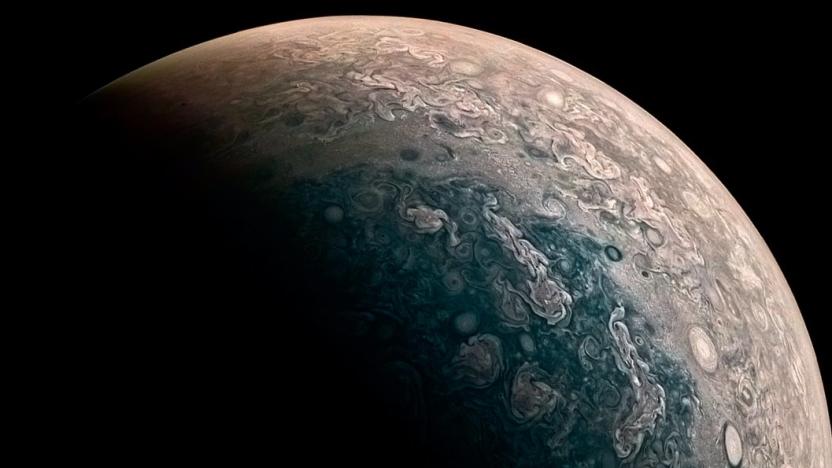
NASA probe Juno captures Jupiter's poles in glorious detail
In August 2011 NASA sent a probe the size of a basketball court into space on a mission to observe Jupiter. Now, five years later, the $1 billion dollar probe has something to show for it's 415 million mile journey. Named Juno, the probe has managed to photograph Jupiter's poles for the first time, capturing the planet's mysterious auroras and unique cloud formations after a few technical errors.

One of Jupiter's asteroid 'moons' is orbiting backwards
As a rule, you can safely assume that moons and asteroids will all orbit in the same direction. If they didn't, interactions with their host would likely send them flying off course. However, it's now clear that there are exceptions to this rule: researchers have discovered that an asteroid is crossing Jupiter in the opposite direction of all planets in the Solar System. These backwards-orbiting rocks are rare anywhere in the system (they represent just 0.01 percent of known asteroids), but this is the very first time one has been caught doing so in tandem with a planet. How is it sticking around, then?
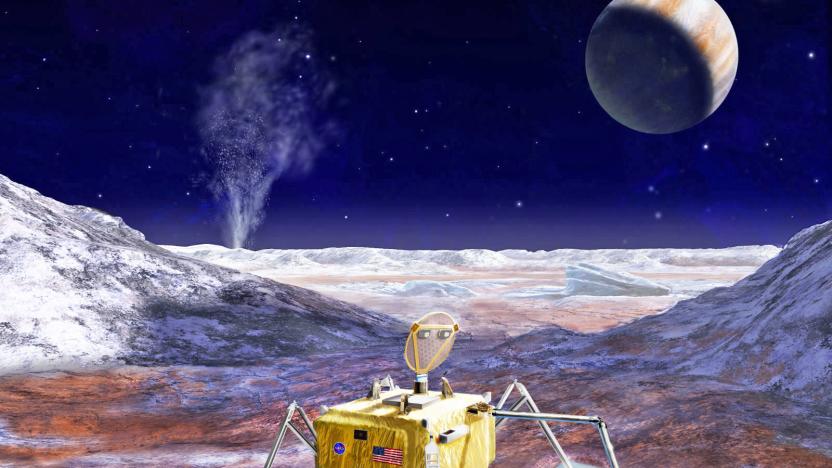
NASA wants to send a life-detecting lander to Europa
Back in June 2016, NASA commissioned 21 scientists to design a lander headed for Europa, conjure up science objectives for it and figure out if the mission is feasible. After around eight months of deliberation, the scientists have finally completed their assignment and presented their report (PDF) to the space agency. As you can see above, they went for a boxy spacecraft with spindly legs to accomplish the mission's goals, the biggest of which is to find signs of past and present life.
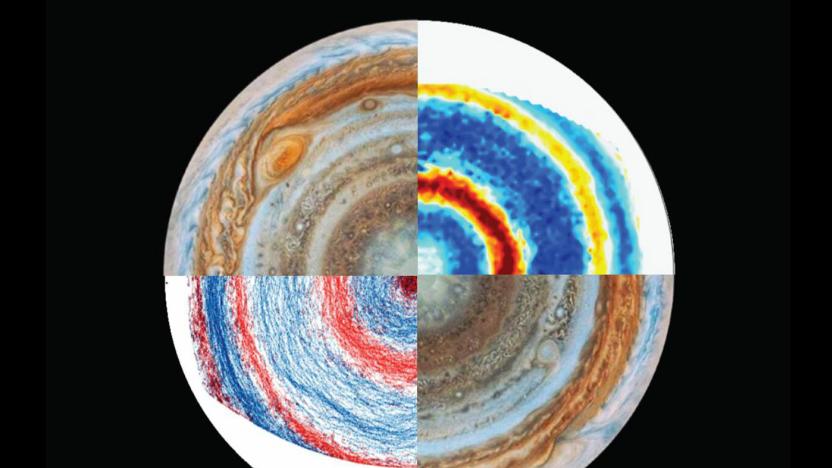
Scientists recreated Jupiter's chaotic atmosphere in the lab
Many scientists figure that Jupiter has a limited amount of ammonia that is mostly concentrated in the upper atmosphere. However, the Juno probe recently spotted plumes of the gas extending up to 65 miles deep, well below the outer clouds. A team from UCLA and France have created a physical lab simulation they believe helps explain why. By spinning water around in a tank and injecting turbulence, jets formed deep below the surface, much like the plumes Juno detected. The work could lead to computer simulations that help scientists better understand Jupiter data from upcoming Juno orbits.







